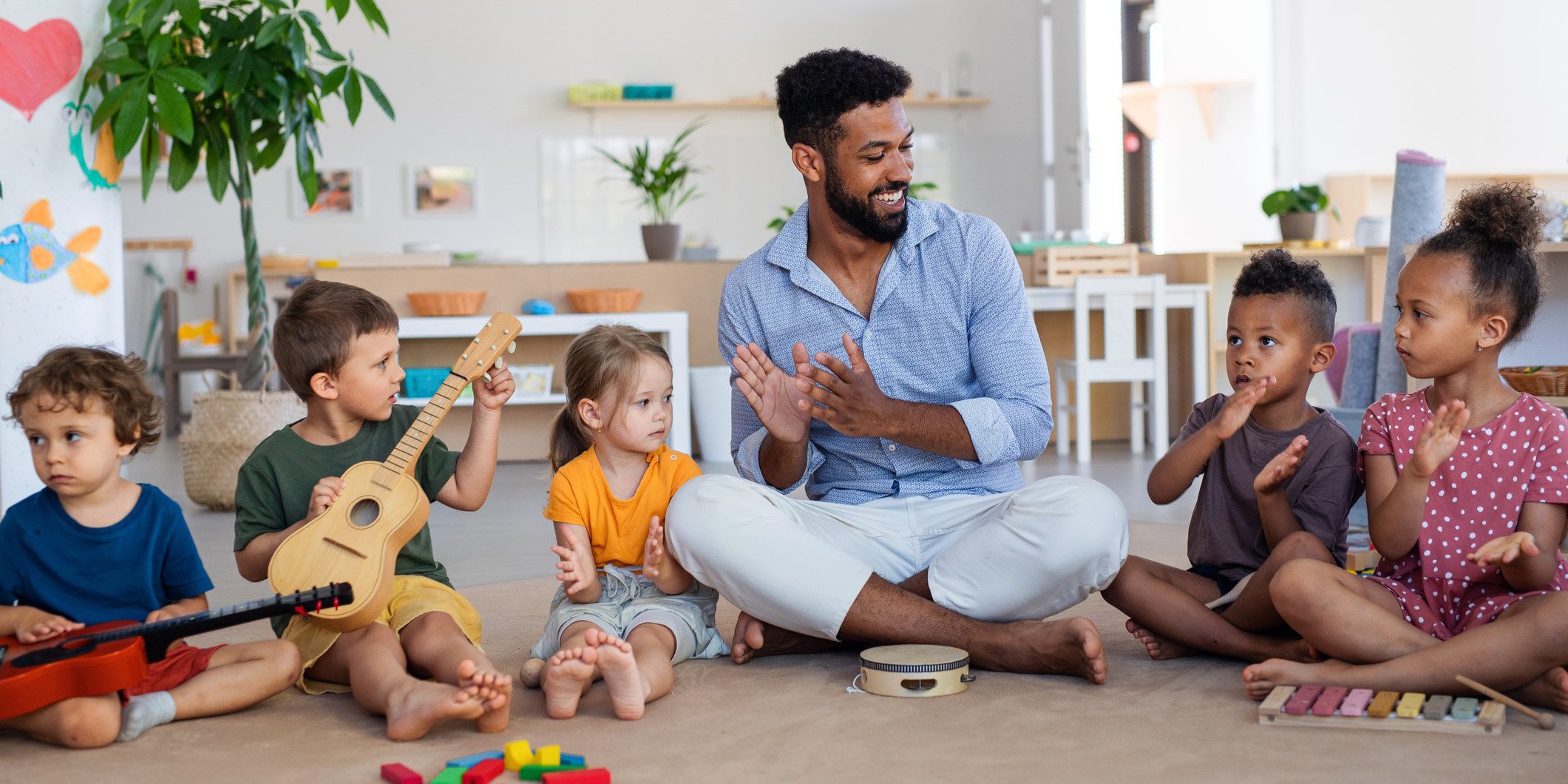This measure pertains to teachers using frequent, positive, nonverbal behaviors to increase feelings of acceptance among children. Nonverbal behaviors refer to the teacher’s facial expressions, body movements, and gestures. Positive nonverbal behaviors include making eye contact, smiling, using affectionate or reassuring touch, and allowing children to move closer to the teacher. On the other hand, negative non-verbal behaviors, such as scowling, rolling of eyes, physical control, threats, abrupt grabbing, and roughly pushing children, signify rejection.
Category: Category 1: Director and Staff Qualifications
Subcategory: Warm and Responsive Style
Examples
In this section you will find videos, images, and/or documents that can be used to better understand this measure. These examples can also be used in conversations between mentors, directors, and/or teachers to discuss how the program's current practices compare to these examples.
Video Example
In this video, the caregiver smiles at the baby and touches him gently as she names each body part. Face-to-face play and soft touch are important nonverbal ways to build a secure relationship with a baby.
Age(s): Infant
Video Example
During this small group activity, the teacher shows interest in the children by nodding, smiling, and making eye contact at their level. These behaviors, along with the high fives, contribute to the children’s feeling of belonging.
Age(s): Preschool, School-age
Video Example
In this Texas Rising Star exemplar video, teachers of all age groups show how using frequent positive nonverbal behaviors help to increase children’s feelings of acceptance. In the video you will see teachers making eye contact, smiling at children and using reassuring touches to support children’s sense of belonging.
Age(s): Infant, Toddler, Preschool, School-age
Video Example
In the recording, teachers demonstrate how they use frequent, positive nonverbal behaviors like smiling and using reassuring touches to help babies in their care feel accepted. This video is a part of a larger professional development series.
Age(s): Infant
Photo Example
The teacher in this video displays many positive nonverbal behaviors. She sits on the floor with the children as she explains the activity, she claps, she smiles, she invites children to sit close by, and she gives high-fives. These behaviors support children’s sense of acceptance in the classroom.
Age(s): Toddler
Practice Opportunities
These resources include tips, strategies, activities, or specific tools related to this measure that programs can put into practice.
Publication
Build Relationships with Children, a publication created by the Department of Early Education and Care, gives readers relationship tips for children ages birth to three years. Many of the tips encourage teachers to engage in activities that will strengthen the bond they create with children and increase their feelings of acceptance.
Age(s): Infant, Toddler, Preschool
Publication
This publication created by the PennState Extension gives readers research-based information on how teachers interactions with children affect their development. The publication gives strategies caregivers can use to demonstrate effective positive interactions throughout the day.
Age(s): Infant, Toddler, Preschool, School-age



